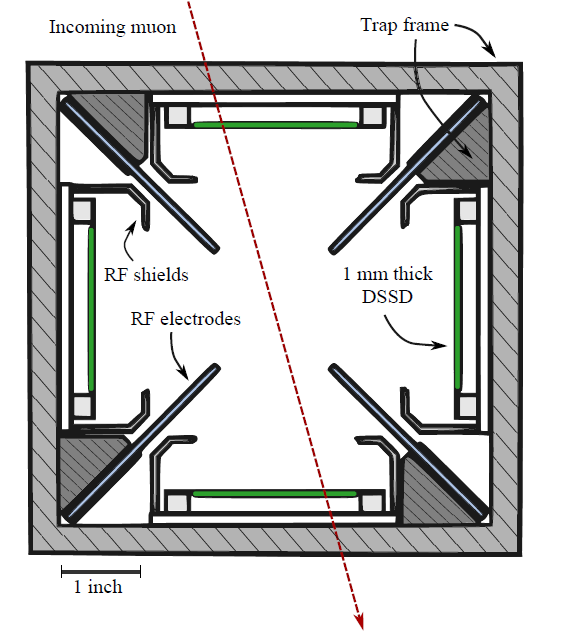Nicholas Scielzo (17-FS-012)
Executive Summary
This purpose of this study is to determine the viability of performing low-energy nuclear physics research by pursuing questions and measurements that are becoming available at new facilities. This study supports the leading-edge nuclear science research at the heart of the energy and security missions of the DOE and the NNSA.
Project Description
The Soreq Applied Research Accelerator Facility (SARAF) in Israel is being established as a user facility to provide state-of-the-art light-ion and neutron beams, which will open up new research opportunities in low-energy nuclear physics. We will investigate the feasibility of establishing a nuclear-science research activity at Livermore that takes advantage of our unique capabilities and SARAF beams. We will focus on the potential for: (1) precision studies of nuclear beta decay, (2) measurements of (n,2n) cross sections of importance to applications of interest, and (3) measurements of neutron-capture cross sections of importance to nucleosynthesis. We will produce a report that summarizes the priorities, scientific potential, requirements, and timeline for these new research efforts.
We plan to establish a collaborative partnership with researchers at Soreq and Israeli universities. We envision that these partnerships will open up new opportunities to perform measurements of interest to Livermore’s nuclear-science missions. Such collaborations can provide access to facilities that provide neutron and light-ion beams that are currently unavailable in the U.S. or are of limited availability. Livermore researchers can also benefit from our collaborators' expertise in carrying out low-energy nuclear-science experiments. If successful, we will determine the measurements that are possible—or will become possible in the future as new facilities come online—in relation to the three aforementioned topics.
Mission Relevance
This study is investigating the potential for new opportunities to perform measurements of interest to the nuclear science missions of Livermore by making use of accelerator facilities that are new or under development, such as the state-of-the-art light-ion and neutron beams available at SARAF. This study supports the NNSA goal of advancing the scientific competency at the heart of NNSA missions by enhancing the Laboratory’s core competency in nuclear, chemical, and isotopic science and technology.
FY17 Accomplishments and Results
In FY17 we (1) developed a new approach to precisely study nuclear beta decay; (2) demonstrated this new approach collaboratively with Soreq nuclear scientists.
Publications and Presentations
Hirsh, T. Y., et al. 2018. "The Use of Cosmic-Ray Muons in the Energy Calibration of the Beta-Decay Paul Trap Silicon-Detector Array." Nuclear Instruments and Methods in Physics Research A: Accelerators, Spectrometers, Detectors and Associated Equipment. LLNL-JRNL-732612.
   





